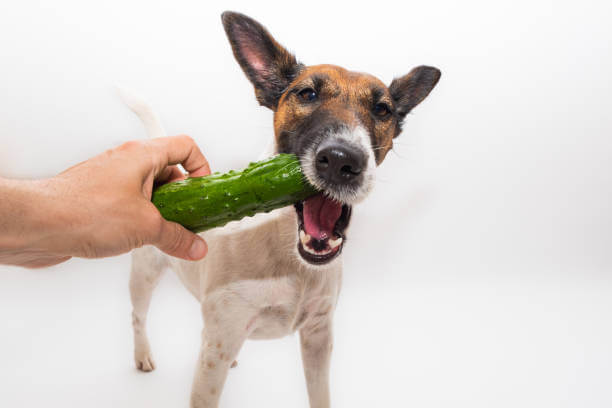This is an awfully common question in the dog world. Unfortunately, it is also one with the biggest amount of misinformation around it. Although the people who share wrong information about dogs’ bite force don’t come from a bad place (or so we hope), they create real problems and misconceptions about this topic.
One of the most common beliefs about a dog’s bite force is that the dogs that have the strongest ones are Pitbulls, Rottweilers and German Shepherds. This leads to an intense discrimination towards these dog breeds. Many people believe that these breeds are just “mean”, that they will bite and hurt them, when this couldn’t be further from the truth.
First of all, the fact that a dog has a strong bite force, doesn’t mean that they have the innate desire of biting every breathing being that passes by them. It just means what it does: they have a strong bite force.
The most common (and true) reasons why dogs might be aggressive towards people or other animals is because they experienced some kind of trauma, because of how they were raised or because they were trained to do so. The strength of their bite force does not determine whether a dog is prone to biting or not.
Second of all, according to the studies done about this topic, these dog breeds are not even the ones that have the strongest bite force. This is just a misbelief that has been around for too long.
How can you measure a dog’s bite force?
Another one of the big problems the question of “what dogs have the strongest bite force” faces is its measurement. There are extremely few scientific studies that have decided to work on figuring out which dog breed has the strongest bite force. And even the ones that do exist, have their own limitations.
Stanley Coren, a Psychology Professor at the University of British Columbia best known for his books about dogs, has written an article about this exact topic: the difficulty of measuring a dog’s bite force.
Let’s go over some of the key points Coren mentions in his article.
He mentions the study carried out by Jennifer Lynn Ellys from Canadian Guelph University, and points out that one of the discoveries they made was the fact that a dog’s bite force varies according exactly where in their mouth you measure it. That’s right, if you measure the bite force with their front teeth, it will likely be much lower than if you measure it with their molars.
Another limitation of this study Coren pointed out was the fact that the results were presented in a force measure called Newtons, which is definitely not the same as the most commonly used measurement called psi (pounds per square inch).
The study claims that the average bite force of 20 dogs is 2000 Newtons. Nevertheless, most people apparently missed the detail that it was presented in that measurement, and just assumed they were talking about 2000 psi. This contributed to the misconception revolving around this issue.
Another method Coren mentions is the one used by Dr. Brady Barr from National Geographic. He placed a force-measuring device on a bite safe sleeve or a pole, and provoked dogs to bite it. The limitation Coren identified in this method is the fact that it reflects the bite force dogs have with their front teeth, and this doesn’t represent the maximum force possible.
After analyzing the limited existing studies about dogs’ bite force, Coren recovered the words of Dr. Ellis and her team, and stated that the two most reliable factors that determine a dog's bite force are the size and shape of their jaw. The bigger the dog and its jaw, the stronger the bite force.
This is why many of the dogs with the strongest bite force are from the Mastiff breed, which is known to be one of the dog’s with the biggest heads.
Which are the dogs with the strongest bite force?
Now that we have established that measuring a dog’s bite force is not an exact science and the few studies that have been done about it have limitations, we can share with you a list that has the dog breeds with the strongest bite force and their psi.
Just keep in mind that this doesn’t mean that these are aggressive dogs at all. They can or cannot be, but it won’t depend on the strength of their bite force.
- Kangal (743 psi)
- Bondog (730 psi)
- Cane Corso (700 psi)
- Dogue de Bordeaux (556 psi)
- Tosa Inu (556 psi)
- English Mastiff (552 psi)
- Presa Canario (540 psi)
- Dogo Argentino (500 psi)
- Leonberger (399 psi)
- Rottweiler (328 psi)
















